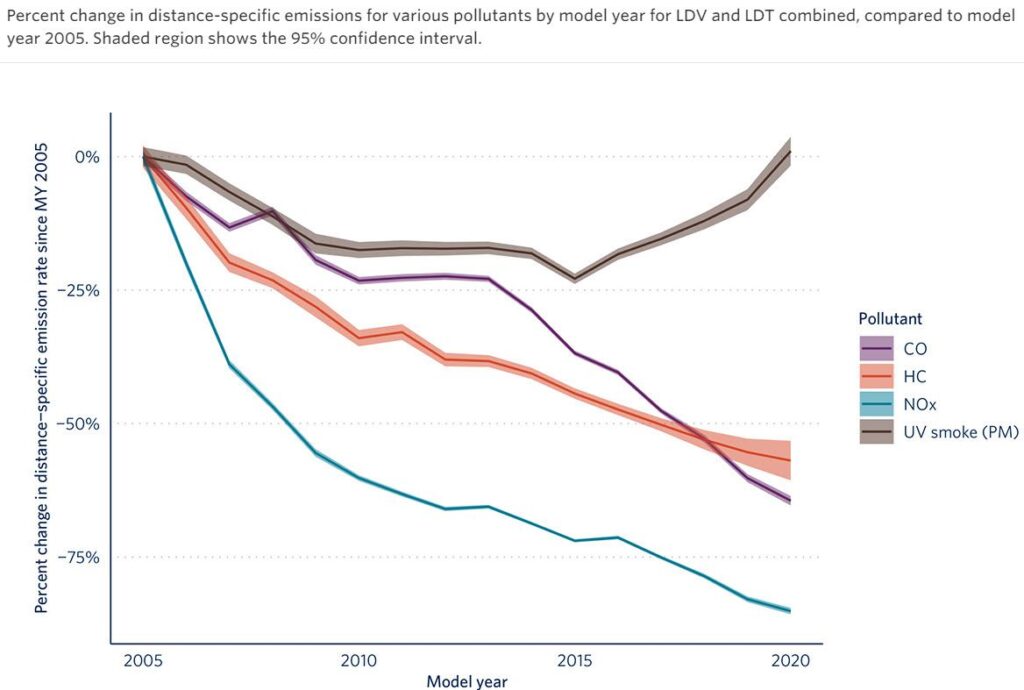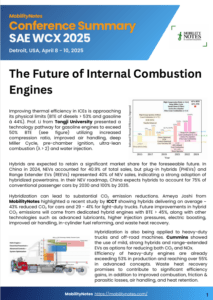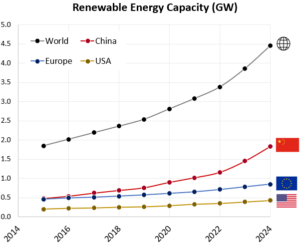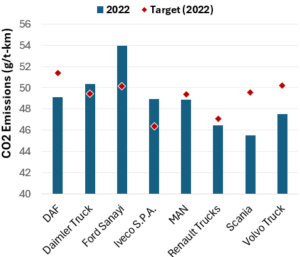A lost decade in the fight against particulate emissions
Lower NOx emissions ? Check. Lower hydrocarbons ? Check. Lower particulates ? Nope.
A study published by “The Real Urban Emissions (TRUE)” Initiative suggests that despite vehicle improvements in the past two decades particulate emissions from passenger cars and light trucks remain at 2005-levels. In contrast, emissions of gaseous criteria pollutants – NOx, CO, hydrocarbons – have reduced by 66 – 86%.

Why do particle emissions continue to increase ?
One of the reasons for the increase in fine particulates (PM2.5 or particles less than 2.5 microns in diameter) is attributed to the increased market share of gasoline direct injected (GDI) engines. GDI technology helps with overall improved fuel economy, but is associated with diesel-like soot formation. While gaseous emissions are treated effectively through three-way catalysts, the use of a gasoline particulate filter is required to trap these fine particles.
The U.S. has lagged particulate emission regulations compared to Europe and China. These latter regions impose particle “number” or PN limits which have effectively enforced the use of gasoline particulate filters (GPFs), while the U.S. uses particle mass-based standards which have so far been insufficiently stringent. No wonder then, that the gas emissions have dropped, but not the particulates.
Europe has required the use of filters since about 2016, through the Euro 6 norms. If the same technology was used in the U.S. we would likely have seen particulate emissions reduce similar to the gaseous ones.
Fortunately, the U.S. EPA has recently published a proposal to further reduce emissions from light- and medium-duty vehicles beyond model year 2027. These include a tighter limit (0.5 mg/mile) which could enforce the use of GPFs on most vehicles. There are also targets for CO2 reduction which will indirectly address the particulates through increased share of electric vehicles.
Further Reading
See here for more details and a downloadable summary of the latest EPA proposal.
Sign up here to receive such summaries and a monthly newsletter highlighting the latest developments in transport decarbonization
5-Min Monthly
Sign-up to receive newsletter via email
Thank you!
You have successfully joined our subscriber list.
Recent Posts

Conference Summary – SAE WCX 2025
![]()
A summary of the “SAE WCX 2025” conference held in Detroit.

IRENA Renewable Energy Capacity Statistics 2025
![]()
According to the latest report from IRENA, 2024 saw the largest increase in renewable capacity, accounting for 92.5% of overall power additions.

CO2 Emissions Performance of Heavy-Duty Vehicles in Europe – 2022 Results
![]()
The European Commission has published the official 2022 CO2 emission results for heavy-duty vehicles. Many OEMs are ahead of the targets and have gained credits, while others have their work cut out as we approach the 2025 target.

